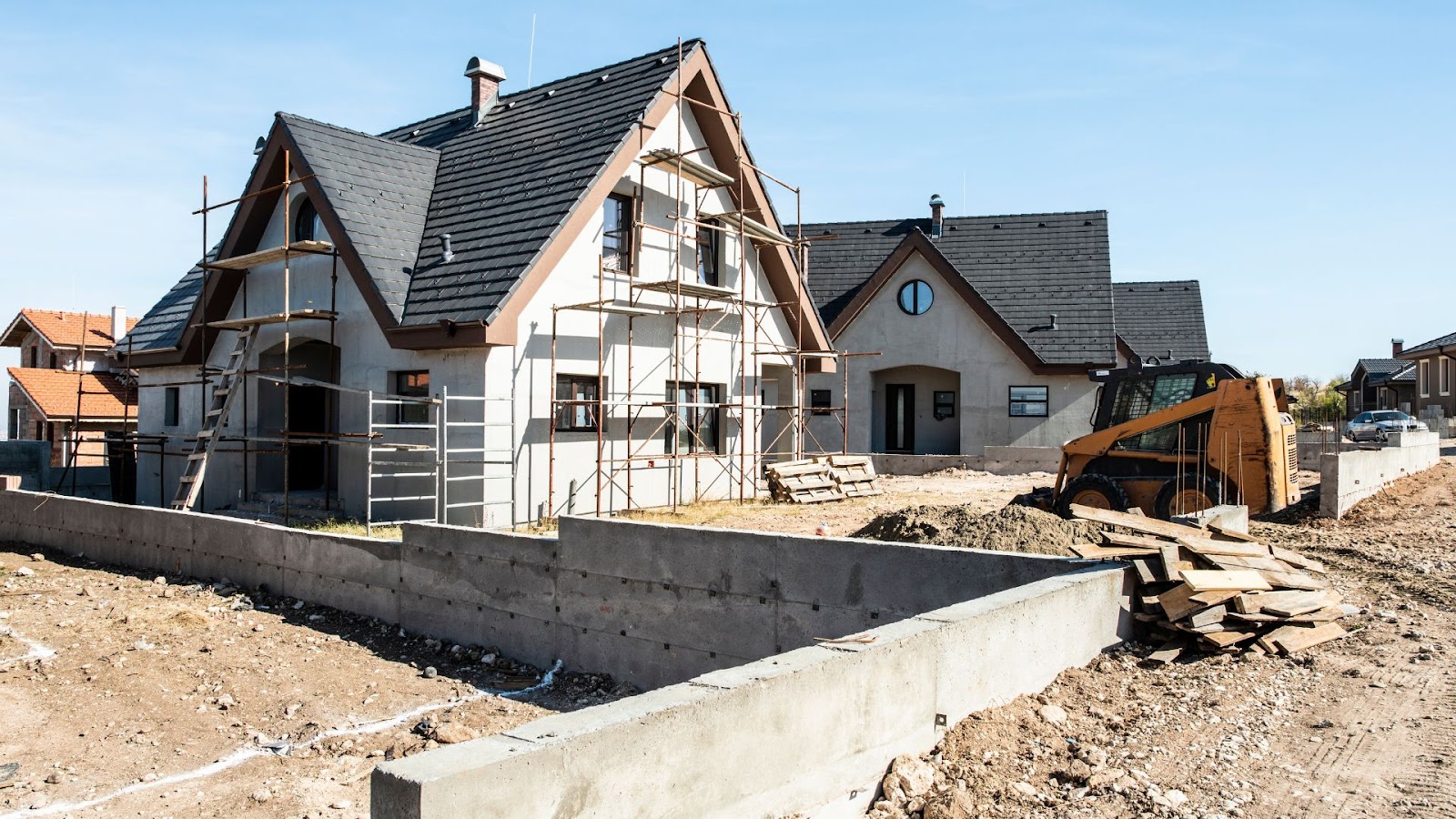
Winning a tender feels like hitting the jackpot. But, as you know, landing the job is just the beginning. There’s lots to do before you can get started on the project. So what happens next?
Let’s break down the first 7 things a contractor’s quantity surveyor (QS) takes to get your project off on the right foot.
1. Meet the client and design team
The first step is getting everyone around the table. Meeting the client and design team sets the tone for the project.
It’s your QS’s chance to:
- Align on the scope of work.
- Discuss the budget and timelines.
- Highlight any tweaks or clarifications needed for the design.
That way everyone’s reading from the same page from day one.
2. Value engineering to keep costs on track
If the project’s budget is stretched too thin, your QS will dive into value engineering. Think of it as finding creative ways to deliver the same quality without blowing the budget.
This could mean sourcing cost-effective materials, making minor changes to the design, or streamlining labour costs. It’s not about cutting corners but securing value for both you and the client.

3. Negotiate retention levels
The retention level percentage is the amount of money that the client withholds from each payment to you, the contractor. Basically, it’s a security blanket for the client.
The retention level percentage is typically 5% to 10% of the contract value but a contractor’s QS will try to reduce that percentage as close to 0 as possible. Too high a retention can drain your cash flow and make it harder to keep the project moving.
4. Review the contract
Here’s where your QS’s eagle eyes come into play. They comb through every single clause, condition and dotted line in the contract.
They’re looking for:
- Any clauses that could put you at risk.
- Missing details that need ironing out.
- Terms that don’t reflect your agreed scope or payment terms.
It’s about ensuring you’re protected before any work kicks off.

5. Lock in the payment schedule
The payment schedule sets the scene for how the client will pay you for your work. It covers when and how much you’ll be paid. It’s important this is agreed on by everyone before any work starts.
Your QS will negotiate a payment schedule that ensures fair terms and timely payments. A clear payment plan not only keeps your cash flow steady but also helps avoid unnecessary disputes down the line.
6. Final contract signing
Once all the terms are agreed upon, it’s time to make it official. Your QS will make sure there are no last-minute surprises before you sign on the dotted line. Both the client and the contractor sign to confirm the contract is in place and you have the green light to go ahead.

7. Visit the site
The first thing that happens after signing the contract is the site visit. Getting boots on site plays a major part in the success of your project.
By visiting the site, your QS has the chance to:
- Meet the project team.
- Begin scheduling tasks.
- Review material requirements.
- Assess potential risks and plan accordingly.
This visit lays the groundwork for smooth operations once construction begins.
The Bigger Picture
Winning a tender is just the first chapter. By following these 7 steps, your QS ensures the project is set up for success, saving you time, money and stress along the way.
Every detail counts when it comes to running a successful site. From the budget to the build, having a QS in your corner can make all the difference.
If you’re considering outsourcing your QS work, contact us today at Carroll Estimating to learn how our team of professional QS and Estimators can help you with your next project, from tender bid to final account.
